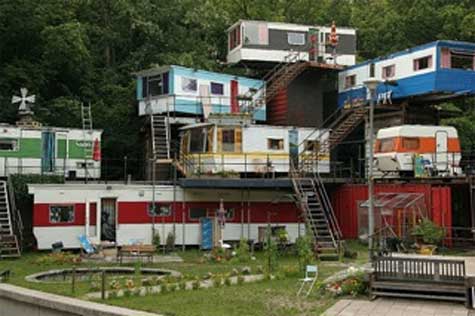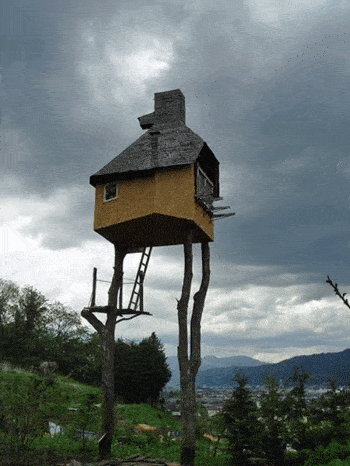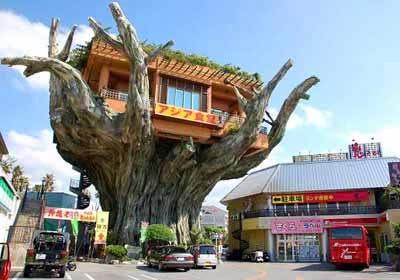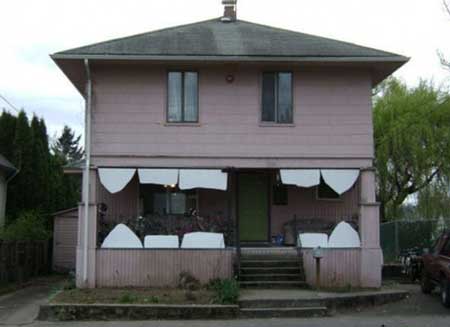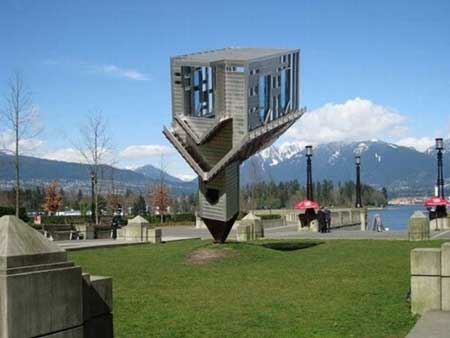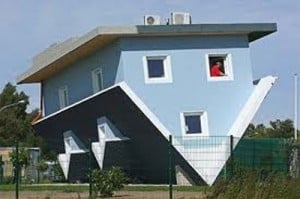
Existing-home sales dropped in January to the lowest rate in nine months, according to the National Association of REALTORS®’ latest housing report. All regions across the country saw declines in sales in January, with the Northeast and West posting the largest losses.
Still, the pace of sales was higher than a year ago – at a 4.82 million seasonally adjusted annual rate remains up 3.2 percent compared to a year ago.
“January housing data can be volatile because of seasonal influences, but low housing supply and the ongoing rise in home prices above the pace of inflation appeared to slow sales, despite interest rates remaining near historic lows,” says Lawrence Yun, NAR’s chief economist. “REALTORS® are reporting that low rates are attracting potential buyers, but the lack of new and affordable listings is leading some to delay decisions.”
5 Stats to Gauge the Market
Here’s a closer look at where the housing market stands, based on NAR’s existing-home sales report for January.
1. Inventory: Total housing inventory at the end of January rose 0.5 percent to 1.87 million existing homes available but sale. Unsold inventory is at a 4.7-month supply at the current sales pace.
2. Home prices: The median existing-home price for all housing types was $199,600 – 6.2 percent above year ago levels. “Although sales cooled in January, home prices continued solid year-over-year growth,” Yun notes. “The labor market and economy are markedly improved compared to a year ago, which supports stronger buyer demand. The big test for housing will be the impact on affordability once rates rise.”
3. Distressed sales: Foreclosures and short sales comprised 11 percent of sales in January, down 15 percent from a year ago. Broken out, 8 percent of sales in January were from foreclosures and 3 percent were short sales. The average discount that a foreclosure sold at was 15 percent below market value, while short sales were discounted, on average, 12 percent.
4. Days on the market: Properties tended to stay on the market slightly longer in January – 69 days compared to 66 days in December. Short sales remained on the market the longest at a median of 128 days, while foreclosures tended to sell in 63 days. Overall, 30 percent of homes sold in January were on the market for less than a month.
5. Cash sales: All-cash sales made up 27 percent of transactions in January, down from 33 percent a year ago. Individual investors, who account for the bulk of cash sales, purchased 17 percent of homes in January, below the 20 percent in January 2014.
Regional Breakdown
Here’s a closer look at existing-home sales in January across the country:
- Northeast: existing-home sales dropped 6 percent to an annual rate of 630,000. Sales are 3.3 percent above a year ago. Median price: $247,800, up 2.7 percent from a year ago
- Midwest: existing-home sales fell 2.7 percent to an annual level of 1.08 million in January. Sales are still 0.9 percent above January 2014 levels. Median price: $151,300, up 8.2 percent from a year ago
- South: existing-home sales dropped 4.6 percent to an annual rate of 2.07 million in January, but are still 5.6 percent above year ago levels. Median price: $171,900, up 7.4 percent from a year ago
- West: existing-home sales fell 7.1 percent to an annual rate of 1.04 million in January, but are still 1 percent above a year ago. Median price: $291,800, up 7.2 percent from a year ago
Source: National Association of REALTORS®
John J. O’Dell Realtor® GRI
O’Dell Realty
(530) 263-1091
EMail John O’Dell
BRE#00669941


